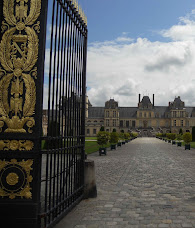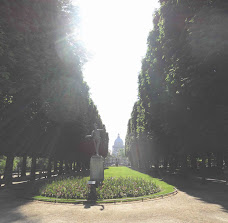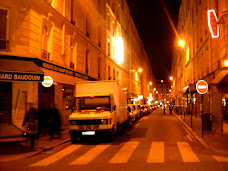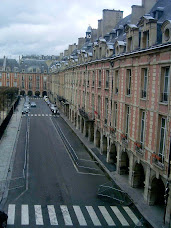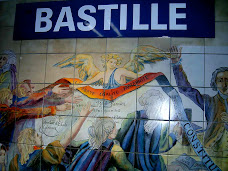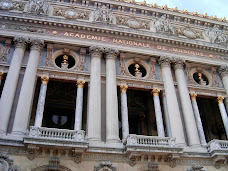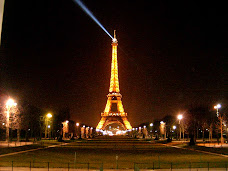
When the Viaduct de Millau opened in the south of France in 2004, this tallest bridge in the world won worldwide accolades. German newspapers described how it "floated above the clouds" with "elegance and lightness" and "breathtaking" beauty. In France, papers praised the "immense" "concrete giant." Was it mere coincidence that the Germans saw beauty where the French saw heft and power? Lera Boroditsky thinks not.
A psychologist at Stanford University, she has long been intrigued by an age-old question whose modern form dates to 1956, when linguist Benjamin Lee Whorf asked whether the language we speak shapes the way we think and see the world. If so, then language is not merely a means of expressing thought, but a constraint on it, too. Although philosophers, anthropologists, and others have weighed in, with most concluding that language does not shape thought in any significant way, the field has been notable for a distressing lack of empiricism—as in testable hypotheses and actual data.
That's where Boroditsky comes in. In a series of clever experiments guided by pointed questions, she is amassing evidence that, yes, language shapes thought. The effect is powerful enough, she says, that "the private mental lives of speakers of different languages may differ dramatically," not only when they are thinking in order to speak, "but in all manner of cognitive tasks," including basic sensory perception. "Even a small fluke of grammar"—the gender of nouns—"can have an effect on how people think about things in the world," she says.
As in that bridge. In German, the noun for bridge, Brücke, is feminine. In French, pontis masculine. German speakers saw prototypically female features; French speakers, masculine ones. Similarly, Germans describe keys (Schlüssel) with words such as hard, heavy, jagged, and metal, while to Spaniards keys (llaves) are golden, intricate, little, and lovely. Guess which language construes key as masculine and which as feminine? Grammatical gender also shapes how we construe abstractions. In 85 percent of artistic depictions of death and victory, for instance, the idea is represented by a man if the noun is masculine and a woman if it is feminine, says Boroditsky. Germans tend to paint death as male, and Russians tend to paint it as female.
Language even shapes what we see. People have a better memory for colors if different shades have distinct names—not English's light blue and dark blue, for instance, but Russian'sgoluboy and sinly. Skeptics of the language-shapes-thought claim have argued that that's a trivial finding, showing only that people remember what they saw in both a visual form and a verbal one, but not proving that they actually see the hues differently. In an ingenious experiment, however, Boroditsky and colleagues showed volunteers three color swatches and asked them which of the bottom two was the same as the top one. Native Russian speakers were faster than English speakers when the colors had distinct names, suggesting that having a name for something allows you to perceive it more sharply. Similarly, Korean uses one word for "in" when one object is in another snugly (a letter in an envelope), and a different one when an object is in something loosely (an apple in a bowl). Sure enough, Korean adults are better than English speakers at distinguishing tight fit from loose fit.








